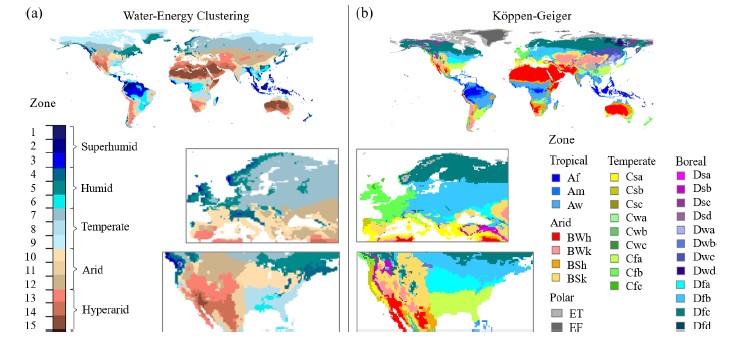Our new paper develops a novel categorization of world regions according to climate and water interactions. This approach is valuable for assessing the effects that too much or too little water have on multiple societal systems, such as food production, flood control, road and bridge design, and economic development. Our Water-Energy Clustering Classification (WEC) method (McCurley Pisarello and Jawitz, 2021) requires less data than existing systems and better characterizes regional water availability. The WEC system can therefore serve as an effective and easy-to-use tool to estimate risk associated with weather extremes and to set criteria for estimating costs of risk prevention and mitigation.

